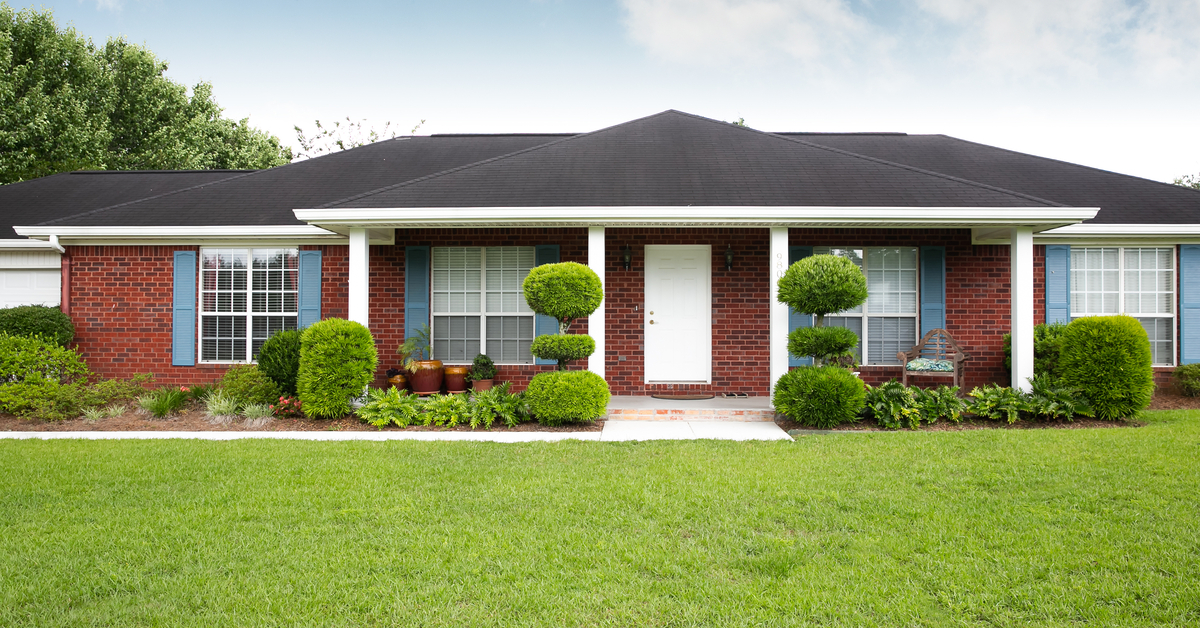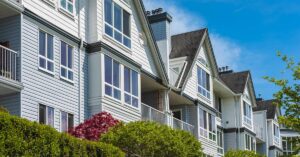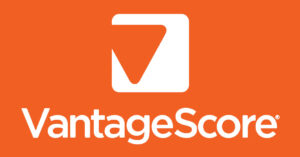Existing-home sales slid 9.7% from April to a seasonally adjusted annual rate of 3.91 million units in May, the National Association of Realtors (NAR) reported, marking a three-month sales dip due to the effects of the COVID-19 pandemic.
Sales of single-family homes slumped 9.4% from April, dropping to a 3.57-million-unit annual rate, slowest since November 2011. Condo and co-op sales dropped even harder, falling 12.8% month over month. The 340,000-unit May pace for condos and co-ops is the lowest figure since the NAR began tracking the statistic in 1999, underscoring a potential short-term movement from denser areas in favor of suburbs and exurbs where more privacy and space may equate to less COVID risk.
Year-over-year sales also remain down, running 26.6% under the 5.33-million-unit pace from May 2019.
Each of the four major regions tracked by the NAR logged monthly and yearly decreases, with the Northeast seeing the steepest decline.
The numbers aren’t surprising, since May sales numbers are chiefly derived from activity earlier in the spring, when sheltering measures were at their peak and many states curtailed home showings.
“Sales completed in May reflect contract signings in March and April – during the strictest times of the pandemic lockdown and hence the cyclical low point,” said Lawrence Yun, NAR’s chief economist. “Home sales will surely rise in the upcoming months with the economy reopening, and could even surpass one-year-ago figures in the second half of the year.”
Historical trends and near-term data suggest that existing-home sales could rebound as soon as June, according to the Wells Fargo Securities Economics Group.
“Past experience suggest that a nesting effect kicks in during times of national trauma, resulting in increased home sales and more spending on home improvements,” Wells Fargo wrote in a report commenting on the NAR’s findings. “The early evidence supports this notion. Mortgage applications for the purchase of a home have risen for the past 10 weeks and are now at their highest level in 11 years.”
The median existing-home price in May was $284,600, up 2.3% from May 2019 but down a slight 0.7% from April. Median prices, Wells Fargo observed, are up a sounder 5.9% on a three-month basis. Regardless, May’s annual price increase marks 99 consecutive months of year-over-year gains.
Mike Fratantoni, senior vice president and chief economist for the Mortgage Bankers Association (MBA), said that perhaps the most striking takeaway from the NAR’s report is the level of total housing inventory, which sat at 1.55 million units at the end of May. That’s a gain of 6.2% from April, but represents a considerable dip year-over-year.
“The most noteworthy data point in the May existing-home sales report was that existing housing supply last month was down almost 19% compared to a year ago,” Fratantoni said. “As buyers are returning to the market, as evidenced by the strong, nine-week rebound in MBA’s purchase application data, the lack of homes for sale will be a real constraint.
“Although demand certainly dropped in March and April due to the crisis, supply dropped even more, and has thus far kept home prices from declining. We expect that home-price growth will pick up over the summer due to insufficient supply levels.”
First-time buyers accounted for 34% of sales in May, down from 36% in April, but up from 32% in May 2019. Yun said that for-sale inventory needs solid growth or first-timers could find themselves in an affordability crunch.
“New home construction needs to robustly ramp up in order to meet rising housing demand,” Yun said. “Otherwise, home prices will rise too fast and hinder first-time buyers, even at a time of record-low mortgage rates.”







